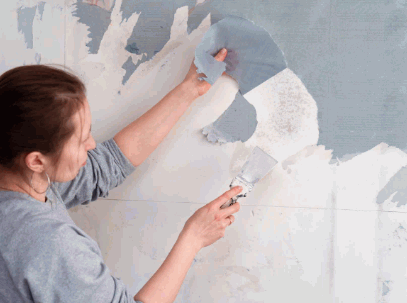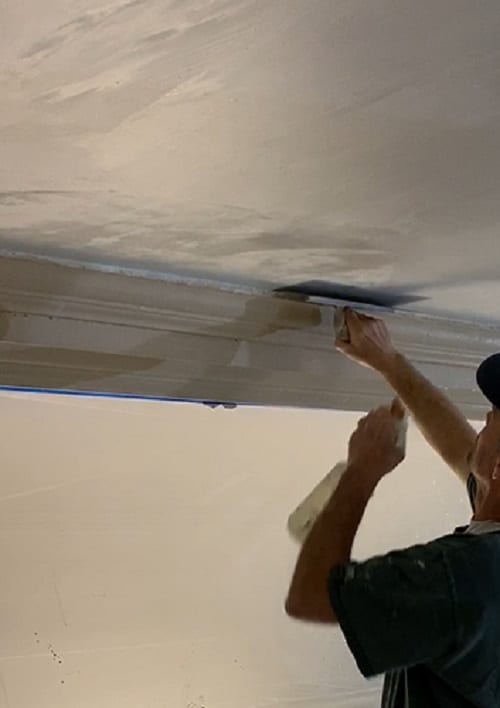Residential Plastering: Transform Your Home with Knowledgeable Workmanship
Residential Plastering: Transform Your Home with Knowledgeable Workmanship
Blog Article
Understanding the Essential Strategies of Smudging for Home Improvement Projects
In the world of home improvement, mastering the necessary techniques of gluing can substantially enhance both the capability and visual allure of a space. The smudging process encompasses crucial phases, from careful surface area prep work to the precise application of materials.
Kinds of Gluing Methods
Although different smudging strategies exist, each serves an unique purpose and offers distinctive aesthetic qualities. One of the most typical techniques is typical lime plastering, which is recognized for its breathability and versatility. This strategy is specifically advantageous for older structures, permitting wetness to run away while keeping structural honesty.
For an extra textured appearance, trowel-on plastering methods such as stucco and Venetian plaster are usually employed. Stucco, commonly utilized in exteriors, provides longevity and climate resistance, while Venetian plaster is renowned for its luxurious, refined finish.
In addition, there are a lot more specialized techniques, such as skimming, which is a process that includes applying a slim layer of plaster over existing surface areas to develop a smooth finish. Each of these strategies can significantly influence the overall aesthetic and capability of a space, making it important to pick the ideal technique based on the certain needs of a job.

Tools and Products Needed

Vital tools and materials are critical for successful plastering, making sure both effectiveness and quality in the application procedure. An extensive plastering toolkit commonly consists of a hawk, trowels, and a float. The hawk serves as a system to hold the plaster, while the trowels, offered in numerous sizes, are crucial for application and smoothing. A float, typically made from rubber or sponge, is made use of to achieve an uniform coating.

Safety equipment can not be overlooked; safety and security masks, gloves, and safety glasses are vital to guard against dust and debris. Lastly, a durable ladder may be required for reaching greater locations, guaranteeing safety and security while operating at height. Purchasing top quality tools and materials eventually contributes to an extra effective plastering job, producing a durable and cosmetically pleasing finish. Correctly outfitted, you prepared for reliable smudging and home improvement.
Step-by-Step Plastering Refine
With the right tools and materials in hand, the next stage involves executing the plastering procedure with precision. Begin by preparing the surface to ensure optimum adhesion. Get rid of any type of loosened debris, dirt, or old plaster, and apply a bonding agent if required.
Once the surface is prepped, mix the plaster according to the supplier's directions, achieving a smooth, lump-free consistency. Utilizing a trowel, use the initial layer, referred to as the scratch coat, to a thickness of concerning 5-10 mm. Make certain uniform insurance coverage, and make use of a comb or scratcher to develop grooves for better adhesion of subsequent layers.
After allowing the scratch coat to set partly, apply the second layer, or the brownish coat, smoothing it out for an even finish. Apply the finishing layer, which should be thinner and smoother.
Once the plaster has dried extensively, it can be sanded gently to remove flaws. Follow up with a primer prior to painting for a polished final look.
Common Errors to Prevent
Falling short to recognize typical mistakes can significantly affect the quality of your plastering task. Overlooking to fix any underlying issues, such as moisture or architectural damages, can endanger the plaster's integrity.

Timing is additionally crucial; many inexperienced plasterers rush the application. Permitting the first layer to completely dry totally prior to applying subsequent layers is vital to prevent too much breaking and shrinking.
Furthermore, not using the right devices can impede the ending up process. Utilizing trowels that are small or as well huge can influence your visit control and the level of smoothness of the finish - Plastering. Finally, ignoring environmental problems, such as temperature and humidity, can lead to uneven drying and unsuitable outcomes. By bearing in mind these common mistakes, you can enhance the efficiency and long life of your plastering work.
Tips for Finishing Touches
Achieving a perfect finish in plastering needs interest to information and a couple of tactical techniques. Once the first application has actually dried, begin the finishing procedure by making use of a moist sponge or trowel to smooth out any type of blemishes. This step not just boosts the surface however also assists to remove any type of excess plaster that might have dried out unevenly.
Next, think about using a fine-grit sanding block or pole sander for a more refined look. Fining sand ought to be done delicately to prevent damaging the underlying layer - Plastering. Constantly use a mask to shield against dust inhalation
After fining sand, evaluate the surface under various lighting problems to determine any missed out on incongruities or spots. Use a thin layer of ending up plaster if required, feathering out the edges to blend effortlessly with the bordering area.
Final Thought
In final thought, understanding necessary plastering strategies considerably improves the high quality of home improvement jobs. Recognizing the various kinds of plastering approaches, using suitable tools and products, and adhering to a systematic application process add to achieving a long lasting and smooth surface.
In the world of home improvement, this link grasping the important strategies of smudging can substantially boost both the performance and visual allure of a space.Although numerous smudging techniques exist, each offers a special function and uses unique visual high qualities. Plastering. For a more textured look, trowel-on plastering techniques such as stucco and Venetian plaster are typically used. Stucco, generally used in outsides, offers durability and climate resistance, while Venetian plaster is renowned for its extravagant, refined finish
Typically utilized plaster types include gypsum plaster, lime plaster, and cement-based plaster, each serving various functions and settings.
Report this page